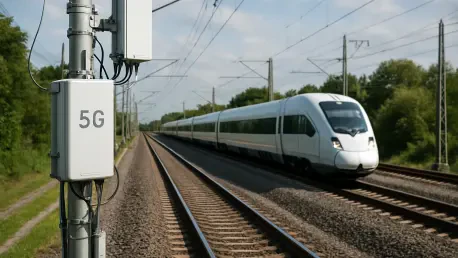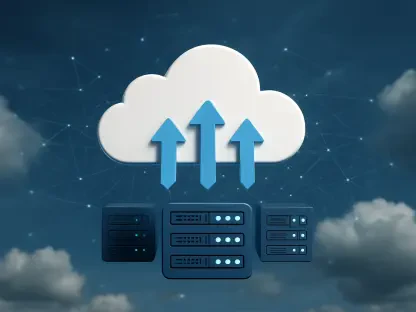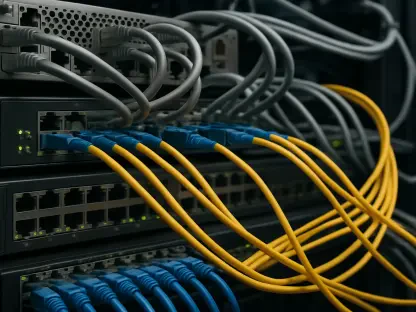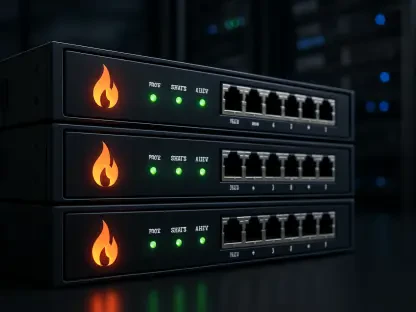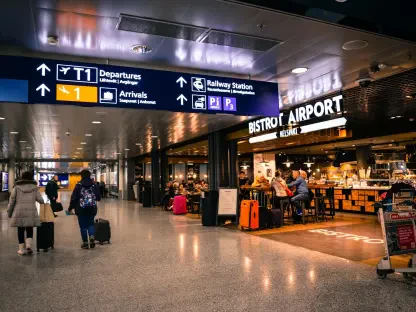Imagine a world where trains operate with unprecedented precision, safety, and efficiency, all thanks to cutting-edge technology seamlessly connecting every aspect of railway operations. This vision is inching closer to reality as innovative strides in 5G technology are being tested to transform railway communication systems. A groundbreaking trial in eastern Germany, led by a major technology company in collaboration with the national train operator, has introduced the world’s first 5G-based Future Railway Mobile Communication System (FRMCS). Operating on a dedicated radio network with a standalone core, this system aims to replace the outdated 2G-based Global System for Mobile Communications – Railway (GSM-R), which is still in use across multiple continents. The potential of 5G to overhaul railway infrastructure lies in its promise of enhanced reliability, real-time data transfer, and automation capabilities. As this technology unfolds, it raises critical questions about how it can redefine safety standards and operational efficiency in an industry often bound by legacy systems.
Pioneering Trials and Technological Breakthroughs
The recent trial of 5G-based FRMCS in Germany marks a significant milestone in modernizing railway communication. Conducted on live outdoor test tracks, this initiative showcases the potential of a dedicated 1900 MHz radio network paired with a 5G Standalone core to deliver robust connectivity. Unlike the aging GSM-R systems prevalent in regions like Africa, Asia, Australia, and Europe, this new framework prioritizes mission-critical voice communication—a cornerstone of railway operations. Such focus ensures that essential services remain uninterrupted during the transition from older technologies. Moreover, compatibility with existing infrastructure is a key consideration, as the industry must maintain operational stability while phasing out GSM-R by 2035 in Europe. This trial not only demonstrates technical feasibility but also sets a precedent for how advanced networks can support safer and more reliable train operations across diverse geographies.
Beyond voice communication, the 5G FRMCS trial lays the groundwork for integrating sophisticated applications like the European Train Control System (ETCS) Level 2, which enables automatic train steering. This capability represents a leap forward in reducing human error and enhancing precision in train movements. As the system evolves, it is poised to incorporate even more advanced features, such as predictive maintenance and real-time video communications, which could transform how railway networks monitor and manage their assets. The emphasis on foundational services during initial testing ensures a stable platform before these cutting-edge functionalities are rolled out. With deployment timelines projecting initial implementations by 2027, the railway sector is on the cusp of a technological shift that could redefine operational paradigms. This progressive approach highlights the strategic planning required to balance innovation with the practical demands of a critical transport industry.
Global Trends and Interim Solutions
While 5G FRMCS emerges as the future of railway communication, many regions have already adopted interim solutions using 4G LTE networks to bridge the gap from outdated 2G systems. In France, for instance, a private LTE network supports operational communications for the Grand Paris Express rapid transit system, ensuring seamless coordination across its expansive lines. Similar projects in countries like Australia, China, and India reflect a global recognition of the need for modernized infrastructure. In Delhi, a 4G LTE initiative has been implemented to enhance connectivity for regional transport networks, showcasing how intermediate technologies can address immediate needs. These deployments serve as critical stepping stones, offering improved bandwidth and reliability while the industry prepares for a full transition to 5G. This trend underscores a pragmatic approach to upgrading railway systems in alignment with technological advancements and local requirements.
The shift from 4G to 5G-based systems, however, is not without its complexities. Long development and deployment cycles, coupled with the necessity of coexisting with legacy GSM-R infrastructure until 2035, present significant challenges. The gradual adoption of advanced networks is driven by the demand for enhanced reliability and automation, which are vital for meeting the evolving demands of railway operations. Analysts suggest that while 4G solutions provide a temporary boost, the superior broadband capabilities of 5G will ultimately unlock new possibilities, such as real-time data analytics for operational efficiency. From now through the next few years, the focus will remain on pilot projects and incremental upgrades to ensure a smooth integration of next-generation technology. This global movement toward modernization illustrates a shared commitment to leveraging connectivity for safer and more efficient railway networks worldwide.
Shaping the Future of Rail Connectivity
Reflecting on the strides made, the collaboration in Germany to test 5G FRMCS stands as a defining moment in the journey toward modern railway communication. It highlights how prioritizing essential services like voice and train control creates a robust foundation for future innovations. The global landscape, with interim 4G solutions paving the way, demonstrates a collective resolve to move beyond outdated systems despite the hurdles of long timelines and legacy integration. Looking ahead, the next steps involve accelerating pilot projects and fostering international cooperation to standardize 5G applications in rail by 2027 and beyond. Stakeholders must invest in scalable solutions that address regional disparities while ensuring safety remains paramount. As the industry navigates this transition, exploring partnerships and funding for research will be crucial to unlocking the full potential of advanced networks, ultimately transforming how rail systems operate on a global scale.
